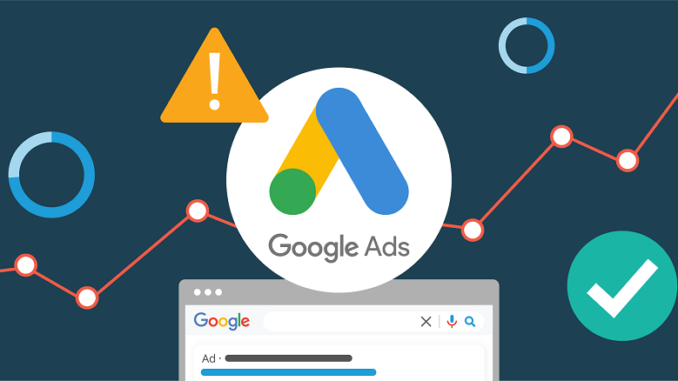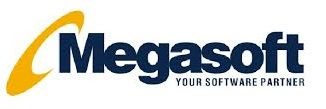
Effective management of Google Ads PPC campaigns is fundamental for businesses seeking to maximise their online advertising return on investment. A critical aspect of this management lies in reducing the cost per click (CPC). A lower CPC means that a business can drive more traffic to its website for the same budget, potentially increasing conversion rates and overall profitability without additional expenditure.
Companies have various strategies at their disposal to lower their CPC in Google Ads. These approaches range from refining keyword selections to optimising ad schedules. By targeting long-tail keywords, for instance, advertisers can attract more specific, and often more relevant, traffic. Understanding the nuances of Google’s auction system and how different factors can impact the CPC is essential for any marketer who aims to optimise their campaigns efficiently.
Advertisers can also enhance their ad quality score by creating more relevant ad content and improving the landing page experience for users. The quality score is a fundamental component Google uses to determine both the placement and the cost of ads. Therefore, a higher quality score can lead to a better ad position at a lower cost.
Understanding and Optimising for Quality Score
Optimising for Quality Score is a pivotal strategy in reducing the cost per click (CPC) of your Google Ads campaigns. A better Quality Score correlates with lower CPC and can significantly enhance your return on investment.
Exploring the Impact of Quality Score on CPC
Quality Score is a diagnostic tool used by Google Ads to gauge the relevance and quality of your keywords and advertisements. It affects CPC because Google rewards advertisers that provide high-quality experiences to users with lower costs. This score ranges from 1 to 10 and is determined by factors such as click-through rate (CTR), relevance of each keyword to its ad group, landing page quality, and past performance on the Search Network. A high Quality Score means that Google Ads deems your ads effective and relevant to users, which can lead to such rewards as improved ad positions and lower CPCs.
Implementing Targeted Negative Keywords
Strategically using negative keywords can prevent ads from being triggered by irrelevant search queries, thus ensuring more targeted traffic. This can improve your Quality Score by increasing the relevance of your traffic, which can lead to higher CTRs and conversions. Continual analysis and refinement of negative keywords lists are essential to exclude search terms that are cost-inefficient and not aligned with the campaign’s objectives.
Selecting Match Types to Refine Audience Reach
Match types determine how closely the search query must match your keywords before your ads are displayed. There are several match types available, each with distinct benefits:
- Broad match: This type offers the most extensive reach but often least relevance.
- Phrase match: Offers a balance of volume and precision by ensuring that your ads appear only when the search query includes the exact phrase you’ve specified.
- Exact match: Ensures your ads are only triggered by searches that closely match your keyword or are identical to it, enabling you to reach the most targeted audience.
Each match type has an impact on Quality Score because it influences the likelihood that your ads will be seen by a relevant audience. A more targeted approach often leads to better CTRs and optimised CPC.
Strategic Bidding Techniques
To optimise cost per click (CPC) in Google Ads, advertisers can implement strategic bidding techniques that leverage the power of artificial intelligence (AI) or take control with manual bidding. Each method offers distinct advantages and can be adjusted for maximum return on investment (ROI).
Leveraging AI for Automated Bidding Strategies
Automated bidding strategies utilise AI to modify bids in real-time, maximising the efficiency of ad spend. Strategies like Maximise Clicks aim to increase traffic, while Target CPA (cost per acquisition) focuses on converting traffic at a specified cost. Utilising data-driven insights, these strategies can outperform manual adjustments, particularly where large volumes of data are involved.
Manual Bidding vs Automated Bidding
With manual bidding, the advertiser retains full control, setting bids for different ad groups or keywords based on their unique insights and campaign data. While this method requires more attention, it allows for precise adjustments and can be preferable in scenarios where the advertiser has specific insights that AI may not recognise.
Adjusting Bids for Maximum ROI
For both automated and manual bidding strategies, bid adjustments are a powerful tool. They involve modifying bids based on device, location, time of day, and audience to optimise ROI. Advertisers should approach this with a nuanced understanding of their campaign’s performance metrics, using these adjustments to allocate more budget to high-performing ads and reduce spend on lower-performing ones.
By implementing these strategic bidding techniques in Google Ads campaigns, advertisers are better placed to control costs and improve their return on investment.

Leave a Reply